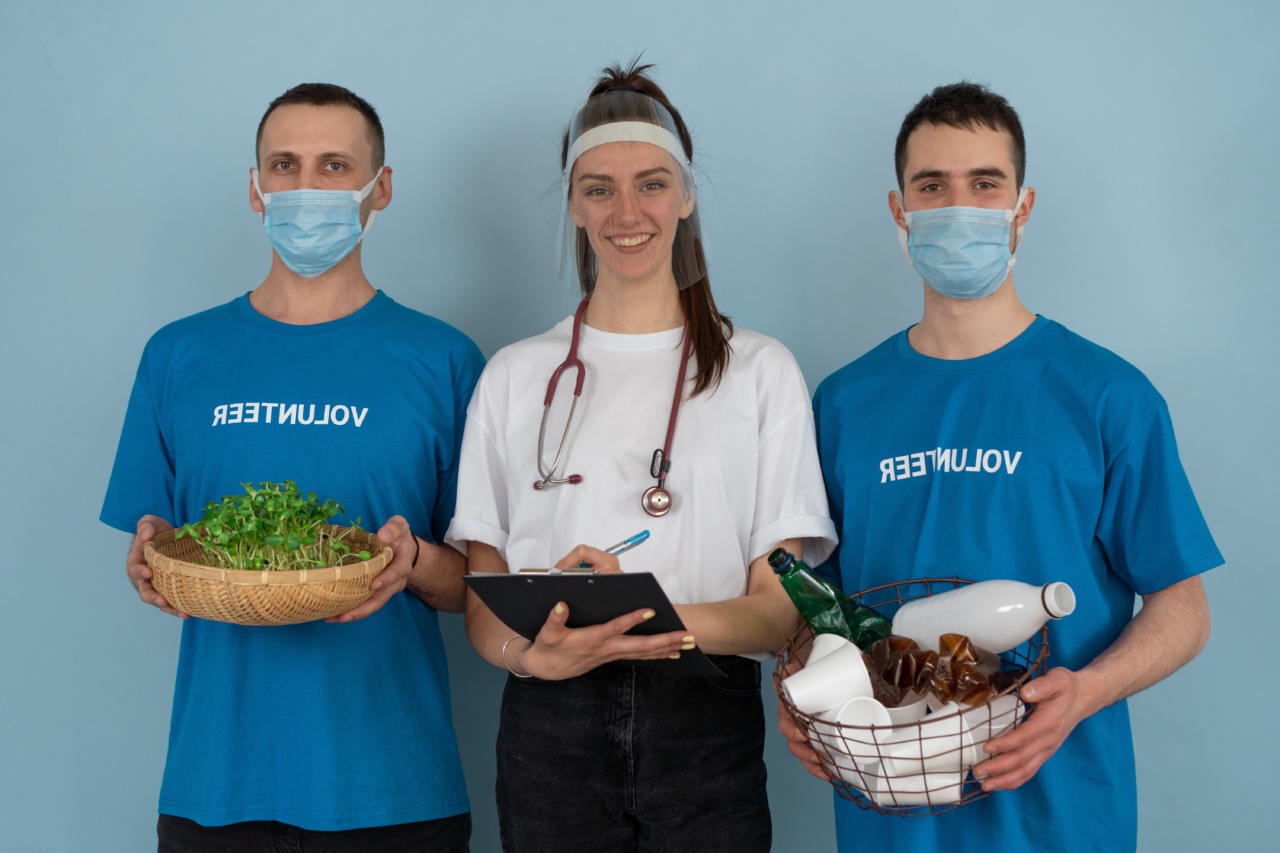For years, invasive procedures have been the most reliable method for diagnosing and treating cardiovascular problems.
However, with advances in technology, the field of cardiology is currently experiencing a shift towards transdermal surgery, which offers a non-invasive option for many cardiac procedures.
What is Transdermal Surgery?
Transdermal surgery is a relatively new and minimally invasive surgical technique that uses ultrasound, MRI, or other imaging techniques to locate the target area of the body. Then, a small probe is inserted through the skin to the organ or tissue.
The probe sends in high-frequency sound waves, heating and breaking down the tissue, and then removes the damaged tissue. The process results in smaller incisions, less blood loss, reduced risk of infection, and quick recovery.
In cardiology, cardiac catheterization or angiogram is one of the most commonly performed tests to diagnose and treat severe heart conditions.
This test involves a long, thin tube called a catheter inserted into a blood vessel in the arm or groin and threaded through to the heart chamber. While the traditional cardiac catheterization procedure is still a valid method, transdermal surgery is now becoming an alternative option for many patients.
The Potential Advantages of Transdermal Surgery in Cardiology
One significant advantage of transdermal surgery in cardiology is that it reduces the risk of infection and shortens the healing process. Patients do not require an extended hospital stay or general anesthesia, which can lead to surgical complications.
Another benefit is that the procedure is more comfortable and less painful. Invasive surgeries can cause significant pain and discomfort for patients during and after the procedure.
In contrast, transdermal surgery is less intense and less intrusive, reducing patient discomfort.
Finally, transdermal surgery can provide surgeons and physicians with a detailed, 3D view of the affected cardiac tissue. This allows doctors to more accurately diagnose and treat disease and abnormalities in the heart.
Types of Cardiac Procedures with Transdermal Surgery
Transdermal procedures are performed at different cardiac sites, including the heart valves, heart chambers, and blood vessels feeding the heart muscle.
Valvuloplasty
Valvuloplasty is a procedure used to treat diseased heart valves. Traditionally it is an invasive procedure that replaced the damaged valve with a bioprosthetic valve or a mechanical valve, which required a sternotomy.
Transdermal surgical techniques are now used in valvuloplasty treatment, which involves inserting a catheter through the skin and threading it to the affected valve site. The catheter then delivers high-frequency sound waves to break down the damaged tissue and reshape the valve, which improves blood flow through the heart.
Angioplasty
Angioplasty is a procedure used to open narrowed coronary arteries, the blood vessels that supply the heart muscle. This invasive test requires catheters to be inserted through the groin vessels to the blocked coronary arteries.
Once there, a balloon at the catheter’s end is inflated, flattening the fatty deposits blocking the artery, allowing the blood to pass through. Transdermal surgical techniques are used in angioplasty, which is less invasive, has a shorter recovery time, and less risk of complications such as bleeding, infection, and death.
Ablation
Ablation is a procedure used to treat abnormal heart rhythms. Ablation technique involves inserting a catheter through the skin and threading it to the heart’s chamber.
A radiofrequency current at the catheter’s end heats up and destroys the tissue causing the abnormal rhythm, restoring the normal rhythm.
Pacemaker Insertion
A pacemaker insertion is a surgical procedure that involves placing a small device, called a pacemaker, under the skin near the heart.
The pacemaker regulates the heartbeat by emitting electrical signals, and transmits information back to its physician using a special transmitter. The procedure is usually done under local anesthesia. An opening in the chest or abdomen to direct the wires to the heart, connects the pacemaker to the heart.
Limitations of Transdermal Surgical Techniques in Cardiology
While transdermal surgical techniques have become more popular in cardiology, they still have some limitations.
For one, not all cardiac procedures can be performed using transdermal surgery techniques, and more invasive surgical procedures may still be required, depending on the patient’s condition.
Another limitation is that transdermal surgery requires specialized training and experience.
Physicians and surgeons must have the required skills and experience to perform these procedures effectively and accurately, which could be a barrier to wider adoption.
Conclusion
The future of cardiology is promising for transdermal surgery. With advances in imaging technology and less invasive procedures, transdermal surgery offers many advantages that traditional invasive surgeries cannot.
While still limited in some areas, the benefits of transdermal surgical procedures are clear: they are less painful, involve shorter recovery times and fewer complications, and can provide more detailed results than traditional surgeries.



























